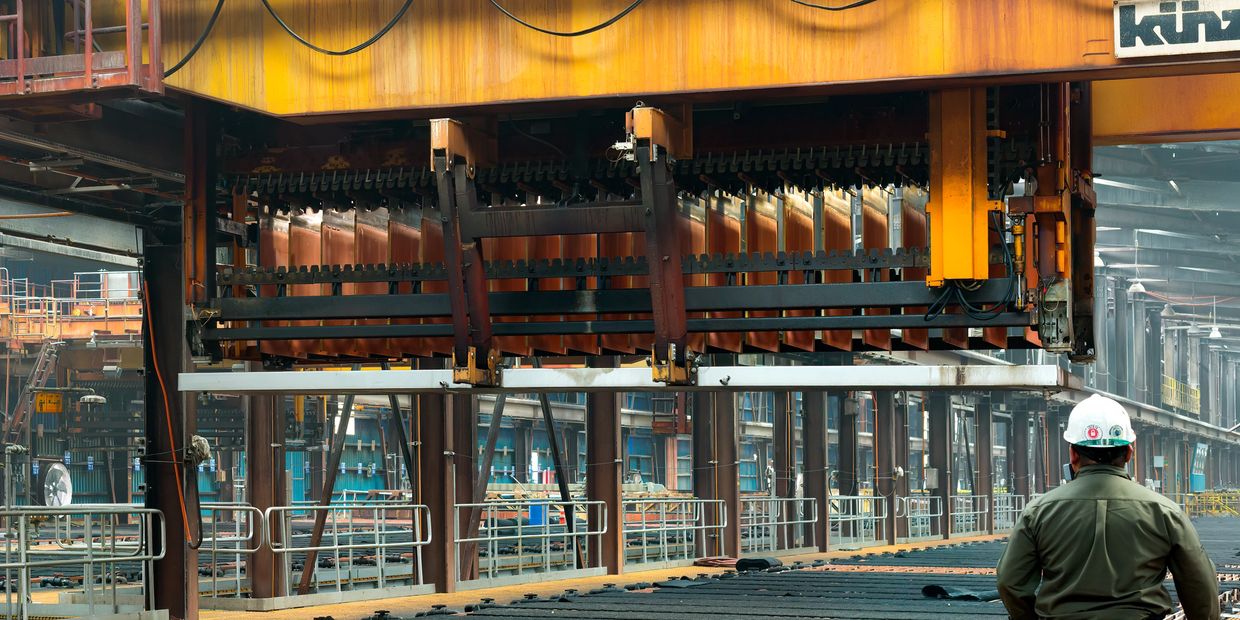
Acid Mist Control
QuinoMist™ Shield
Saponins, particularly those derived from Chenopodium Quinoa species, are effective acid mist suppressants in electrowinning processes, especially in copper production. They work by creating a stable foam layer on the electrolyte surface, which traps gas bubbles and prevents them from bursting and releasing acid mist. The use of saponins in electrowinning is recommended due to their short half-life, which protects tank house operators while also reducing acid mist in the workplace. This is a clever, more sustainable, environmentally friendly, and naturally obtained ingredient with no environmental footprint.
Mechanism of Action:
Saponins, when added to the electrolyte solution, reduce surface tension and create a stable foam layer. This foam layer acts as a barrier, preventing the rupture of gas bubbles (primarily oxygen in electrowinning) at the electrolyte surface. By trapping these bubbles, the saponins suppress the formation and release of acid mist, a hazardous aerosol of sulfuric acid.
Quinoa Saponins:
Chenopodium Quinoa Saponins are starting to be used as acid mist suppressants. These saponins are particularly effective at controlling acid mist in copper electrowinning. Most of the naturally occurring saponins are triterpenoid saponins. The saponins in quinoa are primarily glycosidic triterpenoids, comprising approximately 80% of the weight, and are generally derivatives of three main triterpenes or sterols, termed sapogenins:
1. Phytoaccagenic acid,
2. Hederagenin,
3. Oleanolic acid.
4. Serjanic Acid
They differ in the aglicon moiety, in the saccharide moieties, and in the substitution pattern of sugars of the sapogenins. More recently, Madl and colleagues (2006) reported that at least 87 different triterpene saponins are present on the quinoa seed, comprising 19 reported and 68 novel components.
Effectiveness:
Research indicates that Chenopodium Quinoa Saponins can achieve high levels of acid mist suppression (e.g., 99% suppression with 60% + Chenopodium Quinoa Saponins at specific dosages).
Advantages:
Saponins offer several advantages as acid mist suppressants, including their natural origin, their suitability for use under typical electrowinning conditions, and their effectiveness in combination with other surfactants.
Application:
Saponins can be used in both laboratory and industrial settings for acid mist control in electrowinning.
Other Considerations:
While saponins are effective, it's essential to consider factors such as dosage, purity of the saponin used, and the specific type of saponin used, as different saponin products may have varying properties and effectiveness.
Why Chenopodium Quinoa Saponins?
1. Significant reduction in acid mist levels.
2. Cost-effective compared to other acid mist suppressants.
3. Effective at low inclusion rates (6-9 ppm in electrolytes).
4. Helps extend equipment life.
5. 100% Natural and Biodegradable (non-halogenated).
6. It does not affect the solvent extraction parameters.
7. It must be used in combination with mechanical barriers.
8. Non-flammable and non-toxic.
Ready for Samples?
Chenopodium Quinoa Saponins are highly effective, natural acid mist suppressants used in copper electrowinning processes. They work by forming a stable foam layer on the electrolyte surface, trapping gas bubbles, and preventing the release of hazardous sulfuric acid mist. These saponins, primarily glycosidic triterpenoids, offer significant environmental and operational advantages, including high suppression rates (up to 99%), low dosage requirements, biodegradability, and compatibility with existing systems. Their use enhances workplace safety, extends equipment life, and supports sustainable industrial practices.
Copyright © 2025 THI Industries Webpage - All rights reserved.
Este sitio web utiliza cookies
Usamos cookies para analizar el tráfico del sitio web y optimizar tu experiencia en el sitio. Al aceptar nuestro uso de cookies, tus datos se agruparán con los datos de todos los demás usuarios.